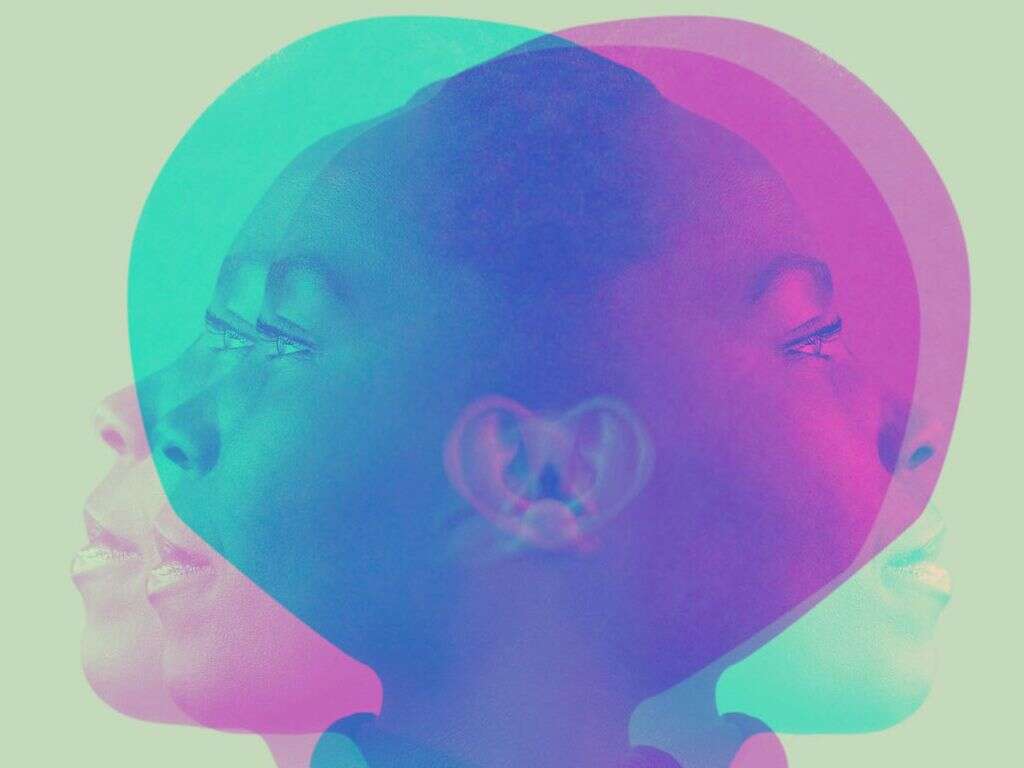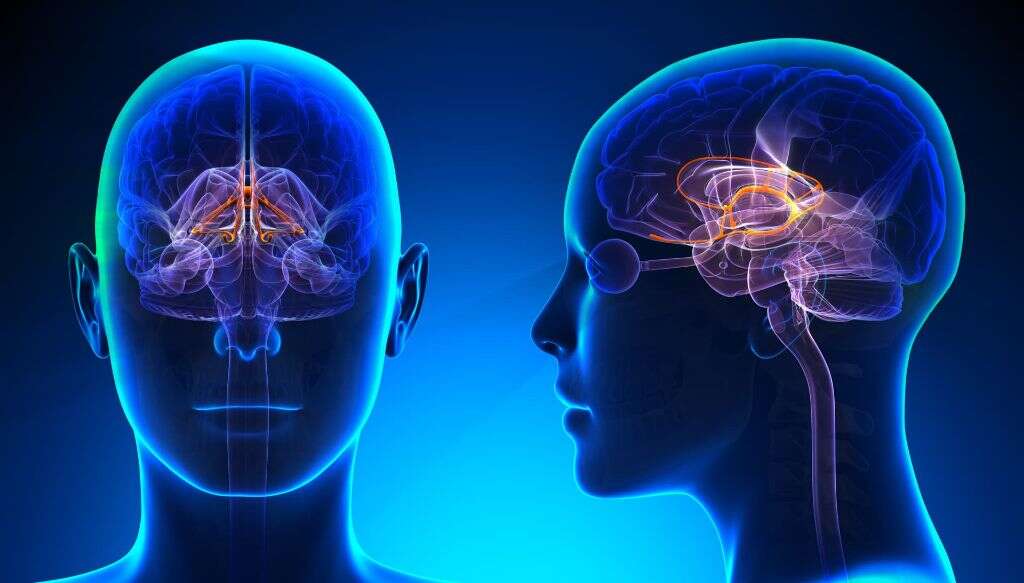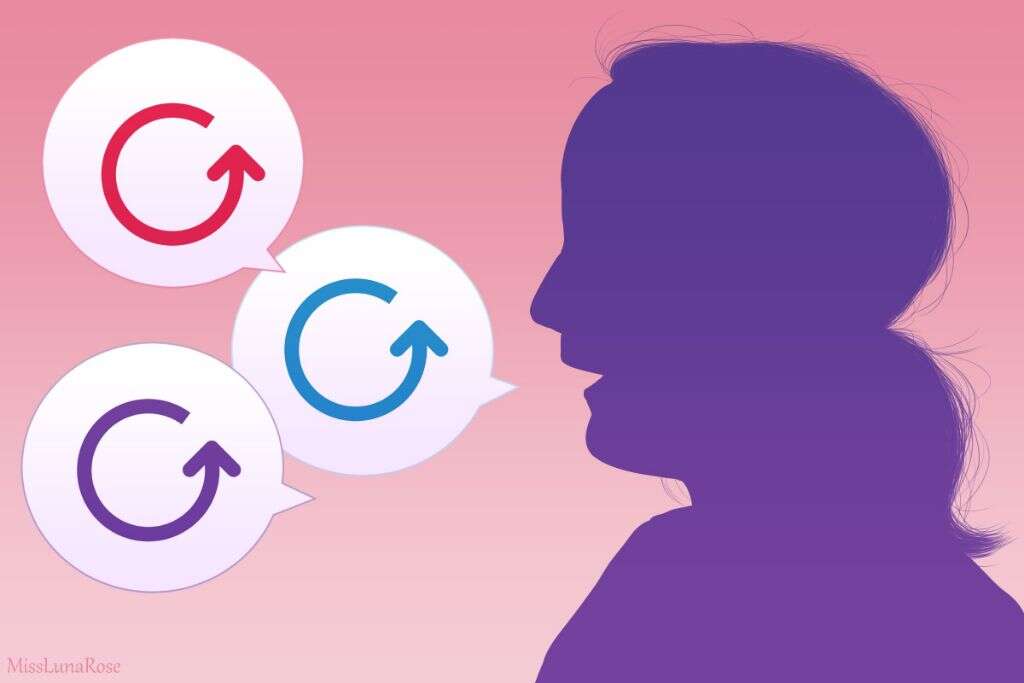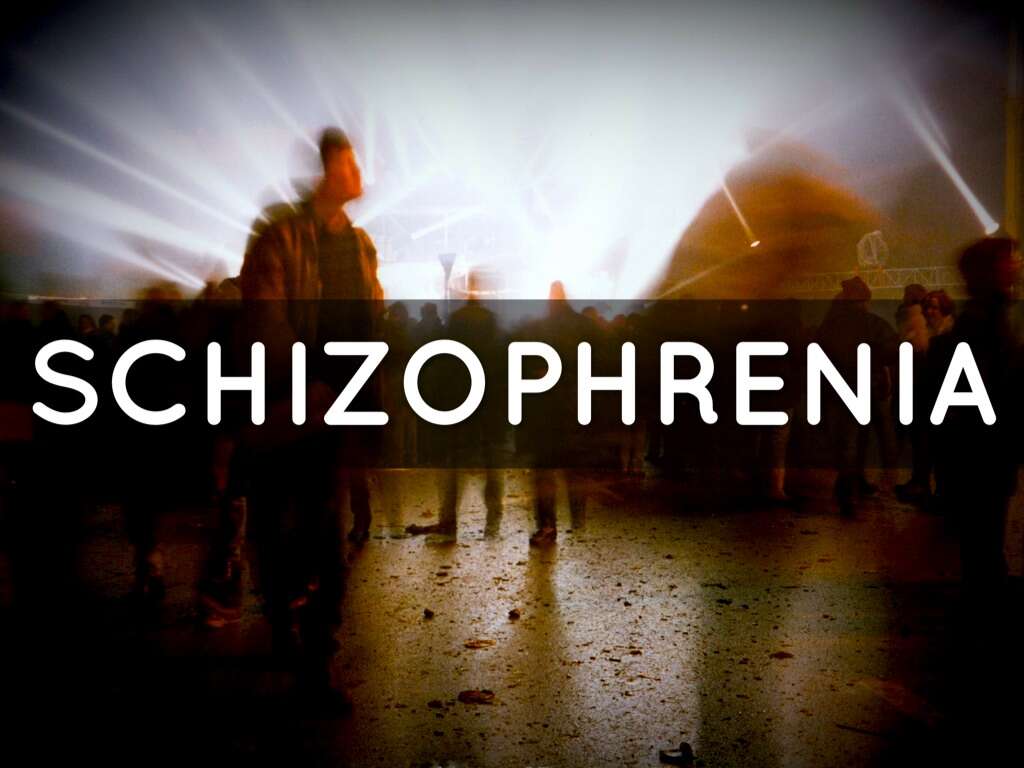What Is Catatonic Schizophrenia?
The mind is a fascinating organ that allows us to do some wonderful things. If something goes wrong with the mind, however, then it can be very difficult to put it right. So often, there appears to be no physical ailment that can be corrected, which is one reason why it is so difficult to treat.
Some of the things that can go wrong with the mind can be very surreal. Patients can see and hear things that just don’t exist, and their minds can work in ways that seem very strange to us. These conditions can also manifest themselves in a physical manner, one example of which is catatonic schizophrenia.

1. Schizophrenia
It is often thought that schizophrenia means that the patient has a ‘split personality’, but this is not true. Instead, it is a type of mental health condition that causes a variety of psychological symptoms. The most startling of these symptoms is that the patient is likely to experience hallucinations and delusions.
For the patient, their delusions and hallucinations appear to be very real, and it can be very difficult for them to differentiate reality from products of their own mind. Schizophrenia can also cause other symptoms such as losing interest in hobbies, avoiding other people, and not paying attention to personal hygiene. It is a long-term condition that can have a severe impact on the patient’s well-being.

2. Catatonic Schizophrenia
Catatonia is a condition that is typified by abnormal movements and postures. The condition has a range of symptoms that will leave the patient remaining still or making erratic movements. It can also result in the repetition of other people’s actions or speech. The patient may remain in the condition of catatonia for minutes, hours, or even days.
Catatonic schizophrenia is the occurrence of catatonia in people that have schizophrenia. Catatonia used to be considered a type of schizophrenia, but it is now thought to be a separate condition. Catatonia can also occur in a number of other medical and psychiatric conditions.

3. Causes
Schizophrenia is a condition that is not at all well understood even by experts. The exact causes of the condition are not known, but it is linked to a number of factors. One of these factors is the chemistry of the brain. Schizophrenia is also thought to be caused by the patient’s environment in many cases. There is also thought to be a genetic link.
The primary cause of catatonia is believed to be an issue with the glutamate neurotransmitter, dopamine, and gamma-aminobutyric acid (GABA) systems. People that suffer from catatonia will also often have other physical, neurological, or psychiatric conditions.

4. Mannerisms
One of the symptoms of catatonia schizophrenia is mannerism. With this symptom, the patient will make unusual and exaggerated movements. The patient will often take otherwise normal movements but move in an unusual caricature of that movement. For example, they may walk with an exaggerated gait.
Another is grimacing, in which the patient will make unusual facial expressions. For example, they might pull an expression of disgust in a highly exaggerated manner, even when there is nothing around them to be disgusted at. Agitation is another symptom of catatonia schizophrenia, which means that the patient will not be influenced by things happening around them.

5. Stupor
Stupor is a condition in which the patient is close to being unconscious. They can sit or lay in positions for hours on end in a state where they are awake, but are not moving or reacting with anything around them. Another potential symptom is catalepsy, which means that the patient goes into a seizure or trance, and their body can become rigid.
Waxy flexibility is another potential symptom of the condition. This means that somebody else can move the patient’s body into different positions, and the patient will remain in that position. The patient will appear to be unaware that their body is being moved at all.

6. Stereotypy
Stereotypy is a condition where the patient will perform repetitive movements, and they will often do so for no apparent reason. Another potential condition is echopraxia, in which the patient will repeat the movements of other people. Again, there will be no apparent reason for the patient to perform these actions.
Some patients with catatonic schizophrenia will also have a tendency to repeat other people’s words. They will often just repeat the last word or last few words of a sentence that they have just heard, and they may repeat this until they hear another sentence. This condition is known as echolalia.

7. Posturing
Many patients with catatonic schizophrenia will also experience posturing. This is when the patient will move into a position that opposes gravity, and then hold that position. Another symptom is negativism, which is a lack of response to instructions or other stimuli. Some patients will also show an active resistance to stimuli.
Some patients will also experience mutism, which is when they have no verbal response to stimuli around them. They can appear to be aware of the stimuli and even respond to it in other ways, but not verbally. The patient will usually have no difficulty in speaking at other times.

8. Who’s At Risk
People are at a higher risk of catatonic schizophrenia if there is a history of it in the family. People that grew up in an abusive household are also at a higher risk. High-risk people will tend to develop schizophrenia when exposed to certain triggers. For example, the use of recreational drugs can sometimes trigger the condition.
Some recreational drugs will alter the brain’s chemistry, and this can trigger the condition. Some people will experience episodes of catatonic schizophrenia the day after a night of using certain substances. People that are at risk will likely need to make certain lifestyle changes to help them avoid triggering an episode.

9. Diagnosis
The symptoms of catatonia are quite distinctive, and simply observing the patient is likely to give doctors a good idea of just what the problem is. It will still necessary to perform certain tests to confirm what the cause is, however. A psychiatric examination will also be necessary in order to help confirm a diagnosis of schizophrenia.
Tests that can be used to help confirm the condition include an MRI scan, and CT scans to help get an image of the patient’s brain. In addition, an EEG can be used to help measure the electrical activity in the patient’s brain.

10. Treatment
Medication is available that can help to treat catatonic schizophrenia, this includes some well-known anti-depressants like Valium and Xanax. These will help to keep the patient in a calm state. Psychotherapy is also often used to help treat patients that suffer from catatonic schizophrenia.
The aim of psychotherapy is to help to teach the patient the skills that they need to be able to cope with their condition. It teaches them how to be able to work more closely with doctors to help doctors in treating the patient. It can also help the patient to deal with stressful situations better, hopefully avoiding the triggering of another episode.












